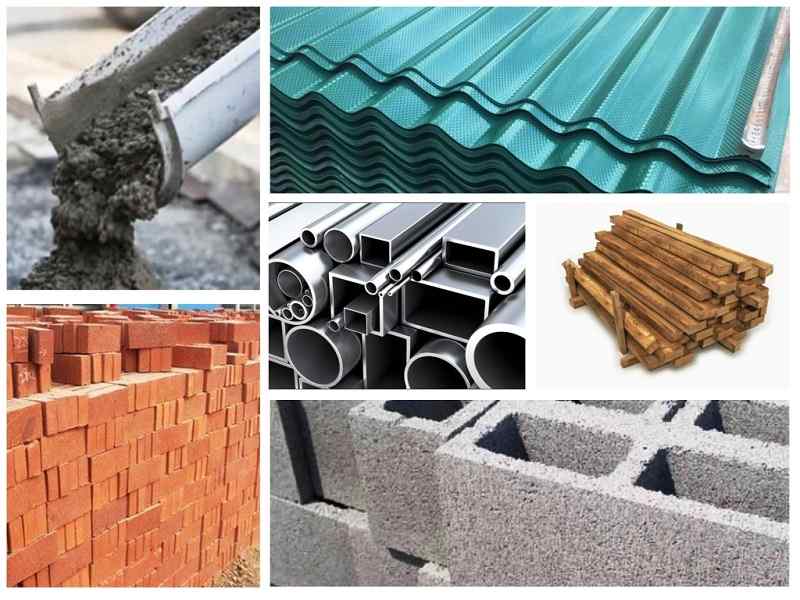In the realm of building construction, steel has emerged as a revolutionary material that has transformed the industry. Its exceptional strength, versatility, and durability have made it an indispensable component in modern architectural design. This article delves into the multifaceted role of steel in building construction, exploring its various applications, benefits, and the impact it has had on the industry.
- Structural Integrity:
Steel's primary role in building construction lies in its ability to provide unparalleled structural integrity. Its high tensile strength allows for the creation of robust frameworks that can withstand immense loads and resist deformation. From towering skyscrapers to expansive bridges, steel forms the backbone of these structures, ensuring their stability and safety. - Design Flexibility:
One of the key advantages of steel in building construction is its remarkable design flexibility. Unlike traditional materials such as wood or concrete, steel can be easily molded and shaped into complex geometries, enabling architects to push the boundaries of creativity. This flexibility opens up a world of possibilities, allowing for the creation of iconic landmarks and awe-inspiring architectural marvels. - Sustainable Construction:
In an era where sustainability is of paramount importance, steel has emerged as an eco-friendly choice for building construction. Steel is highly recyclable, with a significant portion of the material being made from recycled sources. Additionally, its lightweight nature reduces the energy required for transportation and installation, minimizing the carbon footprint associated with construction projects. - Fire Resistance:
Another crucial aspect of steel in building construction is its exceptional fire resistance. Steel structures are inherently fire-resistant, as the material does not combust or contribute to the spread of flames. This property enhances the safety of occupants and provides valuable time for evacuation in the event of a fire, making steel an ideal choice for high-rise buildings and public spaces. - Speed and Efficiency:
Steel's prefabrication capabilities have revolutionized the construction industry by significantly reducing project timelines. Off-site fabrication allows for precise manufacturing and quality control, resulting in faster assembly and installation on-site. This accelerated construction process not only saves time but also reduces costs, making steel an economically viable option for large-scale projects.
Conclusion:
Steel's remarkable properties and versatility have revolutionized the field of building construction. Its structural integrity, design flexibility, sustainability, fire resistance, and efficiency have made it an indispensable material in modern architecture. As the industry continues to evolve, steel will undoubtedly remain at the forefront, shaping the skylines of cities and pushing the boundaries of architectural innovation.


More Stories
Key Technical Features and Performance Indicators of a Gypsum Mortar Production Equipment Weighing System
Building Facilities Construction
5 Creative Uses for Single Wire Hooks in Everyday Life